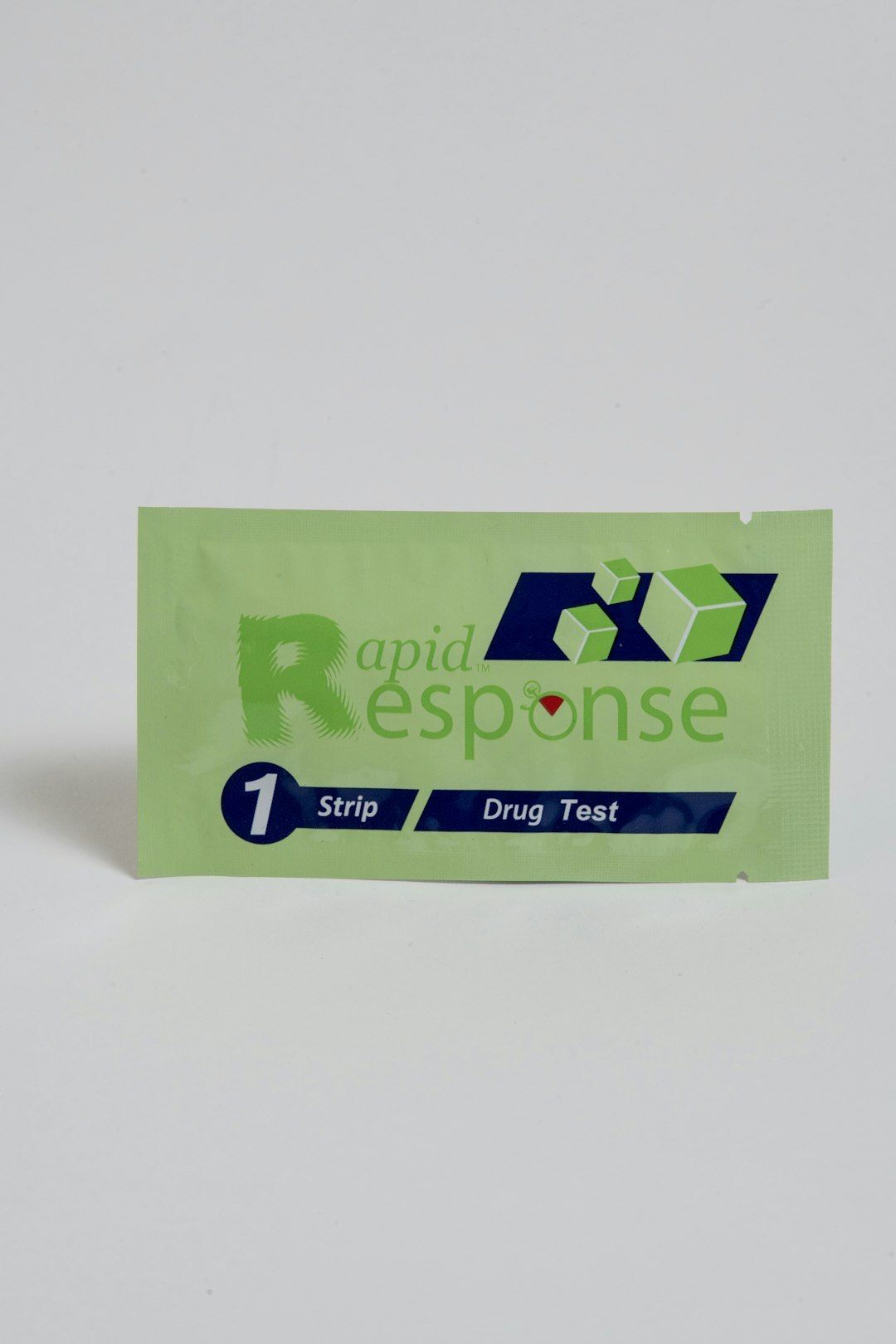- The Medicine & Justice Project
- Posts
- On Fentanyl, Tim Walz Said the Loud Part Quietly
On Fentanyl, Tim Walz Said the Loud Part Quietly
While both VP candidates debated which crackdown could stem the overdose tide, Walz pointed out that harm reduction is already winning.

The opioid epidemic made a cameo in Tuesday’s vice presidential debate, and (as usual) it was mostly an icebreaker for talking about something else. Republican nominee JD Vance, who rose to fame on a memoir of growing up in opioid-ravaged Appalachia1, first broached the subject:
Ninety-four executive orders suspending deportations, decriminalizing illegal aliens, massively increasing the asylum fraud that exists in our system, that has opened the floodgates. And what it's meant is that a lot of fentanyl is coming into our country. I had a mother who struggled with opioid addiction and has gotten clean. I don't want people who are struggling with addiction to be deprived of their second chance because Kamala Harris let in fentanyl into our communities at record levels.
While Vance is a little disingenuous here (at the time of Hillbilly Elegy’s publication, let alone the period it’s based on, the opioid crisis was a largely homegrown phenomenon), his comments echo the consensus GOP response to the crisis. Opioid overdose deaths are too demographically diffuse to ignore, but the evidence-based solutions contradict core Republican principles (namely, accepting “Obamacare.”) Reframing opioids as a border issue—or one of not jailing or killing enough people—allows them to play the hits without seeming like they’re ignoring the problem.
While most of Walz’s response focused on the proposed Harris fentanyl crackdown, I want to focus on two sentences from his response:
But I will say about this, about the fentanyl, because this is a crisis of this, the opioid crisis. And the good news on this is the last twelve months saw the largest decrease in opioid deaths in our nation's history, 30% decrease in Ohio.
Walz segued into the spring’s border bill, and the debate never returned to the subject of opioids, but it’s true: the CDC reported a 10% decrease in opioid deaths over the period Walz cited, with larger decreases (and, to be fair, wild variability in the other direction) amid individual states and communities. The data suggests we may be on the verge of a breakthrough in one of the worst public health crises in American history…and it’s barely a footnote in the national conversation.
A Vindication for Harm Reduction
As Trump and Vance (unwittingly) point out, the results are a vindication of the “harm reduction“ philosophy that experts have championed in the latter part of the epidemic.
Harm reduction has undergone a bit of a PR crisis. After Oregon decriminalized simple possession in 2021, a spike in fentanyl overdoses and homelessness caused local prosecutors to declare the state “a dystopian nightmare that is akin to a grim Hollywood movie,” a perception that reached all the way to British media outlets and led to the measure’s undoing. Never mind that the state’s largest city still struggles with harm reduction no-brainers like naloxone access, that the state’s spike also correlated with fentanyl supply increases, or that the state hadn’t even spent its first tranche of the nationwide opioid settlement before it started debating recriminalization. Harm reduction opponents saw what they needed to see to declare it a failure.
These latest national numbers offer a different perspective. There’s been no substantive change in the laws against drug trafficking, and as they’re all too happy to point out, immigration of all kinds has increased during the Biden administration (though the border-hopping fentanyl trafficker to whom they attribute the problem is almost entirely mythical). What has changed: naloxone got cheaper, fentanyl test strips became more accessible, access to medication-assisted treatment increased, and governments at all levels invested in community education and surveillance.2
To the extent the opioid crisis is a supply-based problem, America also seems to be making progress on that front. The federal shift from attacking street-level dealers (to which Trump appears eager to return) to major suppliers3 appears to be “drying up” the fentanyl supply.
There’s Work Yet to Do, But Punishing Immigrants Isn’t It
To be fair, these numbers are both preliminary and come with a pretty major caveat. The COVID-19 pandemic was a perfect storm for the preexisting opioid crisis: it created more chronic pain patients, worsened mental health, and reduced access to treatment. It’s entirely possible the decrease is a response to artificial upward pressures wearing off.
As Walz immediately noted, it’s also not enough. Too many people are still dying preventable deaths. Increasing access to treatment (including EMS access to buprenorphine, currently piloted in a few US cities) and continuing to tighten the illicit fentanyl pipeline should be priorities for the next president. Blaming other vulnerable communities should not.
Reply